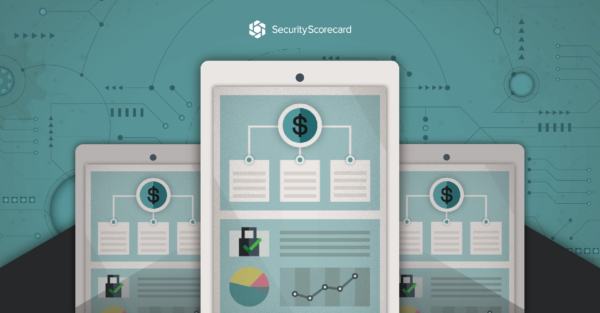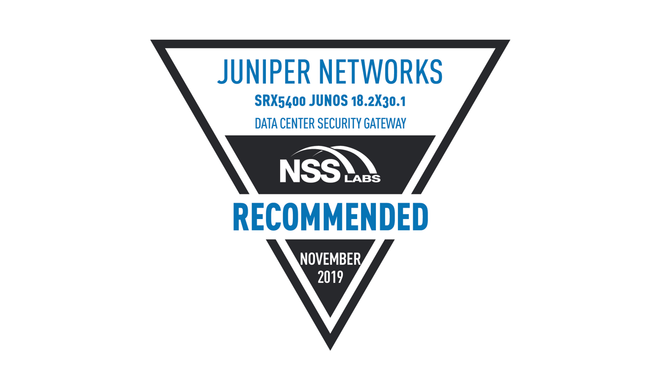
We have already dealt with the various aspects of modern IT infrastructure in the past. An overview of Cabling as the basis for digitization we gave for the first time in 2019 and a few weeks ago the Considered competitive advantages that companies achieve through up-to-date IT infrastructure can.
In the second part, we will take a closer look at the effects that the unexpected switch to home office the IT infrastructure as a result of the ongoing pandemic. We have addressed the topics of Iot and Industry 4.0 in the first part discussed.
All this makes it more and more important for companies to deal with the right network infrastructure, cabling and of course the omnipresent topic of security.
The new "eternal provisional solution" home office?
Nothing has driven the shift from presence to mobile working like Corona. In times of pandemic, companies have had to respond very quickly to these changes. Often, the new lessons learned were painful and costly. ABAX was able to show here how important it is in this process to have a reliable partners to have on his side.
After about a year in which sufficient experience and data are available, most companies are aware that the network infrastructure, including cabling, must be created that can handle changes in the number of users, bandwidth and availability that occur at short notice and at the same time does not affect core operations. The central factor in this topic is above all the user experience, regardless of location, end device and application: because if the user is not satisfied with the (perceived) performance of the solution, productivity drops noticeably.
LAN and WLAN in the home office
Wireless networks such as LAN and WLAN offer a high level of user comfort, which is particularly attractive for home and teleworking. The disadvantage of wireless networks, on the other hand, is a lower bandwidth and a higher ping than physical Ethernet cables. An additional problem with WLAN networks is that companies often have many users working in a confined space at the same time. This has a significant impact on the bandwidth and reliability of data exchange, and as the number of users increases, this can quickly have a negative effect. With Ethernet Connections, this problem can be solved without much effort by using switches. Cable networks are also preferable to wireless connections for security reasons.
However, with a little distance and less acute operational intervention, a number of questions arise: Does the use of cloud-based solutions make more sense for some applications in the longer term? If so, what are possible additional factors to consider? What would the migration process be like? Which areas can I quickly migrate to a new system without much effort? Which areas are exempt? What are the costs involved if applications are to be run as SaaS? How much would such a project cost in total, divided into short-term project costs and costs of ongoing operation? And in relation to our focus topic: what impact will this have on my network infrastructure?
Read more about flexible working in the ABAX Blog

Working Worlds 4.0 - Mobile Workplace, Home Office and Co-Working Spaces
Flexible working is the norm today, not the exception (Image: Adobe Stock) A journey into the new world of work 4.0 Today we dedicate ourselves to an ever growing trend and
Where is the bottleneck
In this case, companies are particularly challenged because the bottlenecks are in their own data center. Improving the connection of the decentralized users, at least in the short term, is one of the most important points that administrators must keep in mind. The local connection at the user is the lesser problem here, as this is usually (technically) easy to remedy. However, the security aspect must not be neglected in either situation.
Innovative network planning thus supports modern working environments and this includes, above all, flexible workplaces. The integration of mobile devices such as notebooks, smartphones and tablets is also possible, taking into account all security-relevant aspects.
Security - a constant companion
Due to the fact that a significant proportion of employees access the network from the outside, implementation should not be carried out in an overly hasty manner under any circumstances - several lockdowns later, it can be said that this has nevertheless happened often enough. Unfortunately, the result is not infrequently a situation that should be avoided from a network perspective: rapid, uncoordinated and proprietary expansion, extension or addition, new acquisition and conversion. What was certainly without alternative in the short term should, however, by no means grow into a permanent provisional solution and thus into the normal state of affairs.
In the third and final part you will learn how SD-WAN architectures can noticeably increase employee productivity.

ABAX can look back on many years of expertise in IT infrastructure and Support and can support your company with a suitable integration. According to the approach "From planning to implementation to ongoing optimization". we are gladly at your disposal for your concerns regarding modern IT systems.
The ABAX IT experts pay attention to problem-free processes in order to support your company as quickly, efficiently and transparently as possible and to ensure smooth processes. We look forward to a collaboration with you!








